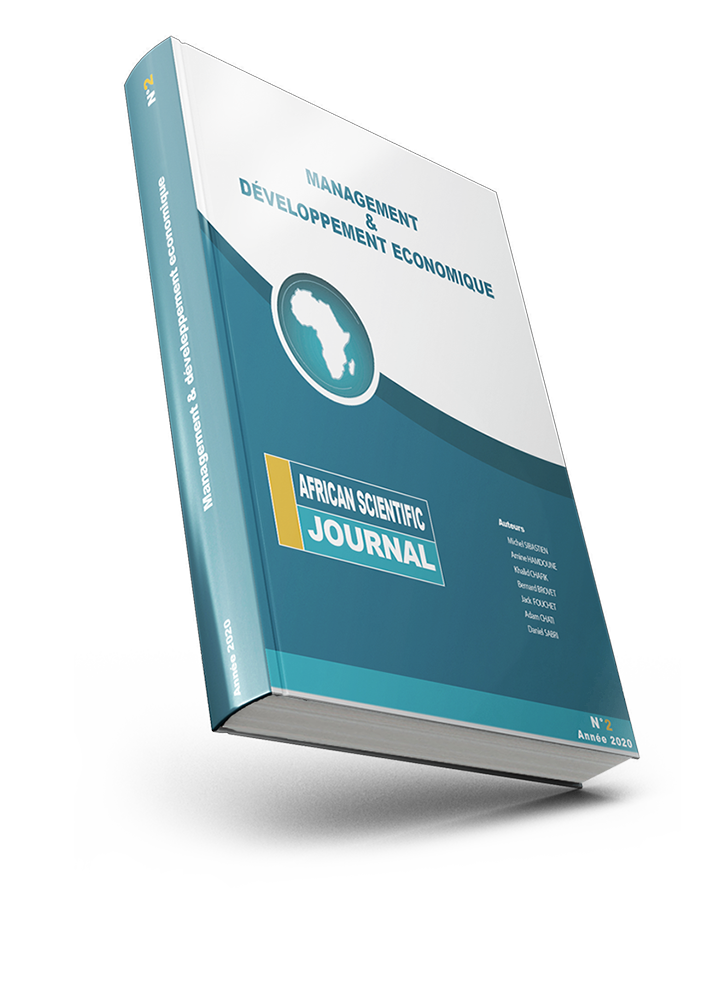The transmission channels of monetary policy in monetary theory
DOI :
https://doi.org/10.5281/zenodo.15394135Mots-clés :
transmission channels, monetary policy, economic activity, interest ratesRésumé
Abstract
The primary objective of monetary policy lies in safeguarding macroeconomic stability, particularly by mitigating cyclical fluctuations and controlling inflationary pressures. However, contemporary monetary policies are implemented in an environment increasingly characterized by uncertainty regarding the scope and nature of their real effects on the economy.
Although monetary policy remains a fundamental instrument of economic regulation, it can generate unexpected, and at times undesirable, side effects. The effective conduct of such policy thus necessitates a rigorous assessment of its impact on key macroeconomic variables.
This requirement entails a thorough understanding of the transmission mechanisms through which monetary decisions affect the real economy. These mechanisms include, among others, the effects of interest rates, exchange rates, asset prices, and the credit channel.
In this context, the present article aims to examine the impact of monetary policy decisions on economic activity, through an analysis that draws on both theoretical frameworks and empirical findings.
Keywords: transmission channels, monetary policy, economic activity, interest rates.
Téléchargements
Publiée
Comment citer
Numéro
Rubrique
Licence
(c) Tous droits réservés African Scientific Journal 2025

Ce travail est disponible sous licence Creative Commons Attribution - Pas d'Utilisation Commerciale - Pas de Modification 4.0 International.





















